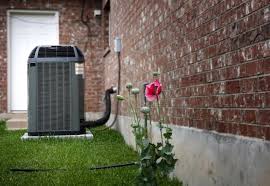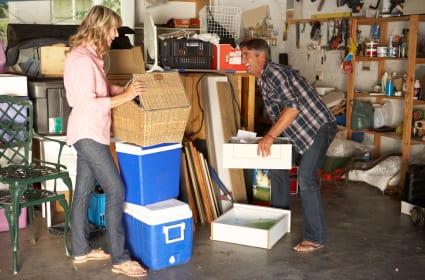Jun 15, 2016 / Your Home
Knowing your home: A/C Maintenance between service calls

Successful real estate agents are a resource for their clients on many issues. And that means a lot of reading. Over the years, I’ve shared an article or two with clients and they are always pleased. This article from Climate Care Canada popped into my inbox. I thought it was great and even picked up a few tips.
If you didn’t know,
ClimateCare is Canada’s largest network of independent heating, ventilation and air conditioning (HVAC) systems contractors. They are 100% member owned, and have remained that way since 1992, when the now 30 member co-operative was formed.
With their permission, I am reprinting this article on caring for an air-conditioning unit between service calls.
Enjoy — Karen
How to Keep Your AC Healthy Between Service Visits
Seasonal air conditioner maintenance is the most important factor in extending the lifespan and maintaining the efficiency of your central air conditioning system. Ordinary wear and tear, especially dirt and grime buildup, can cause your AC to overwork, struggle, overheat and eventually break down.
Keeping everything clean will help you catch any smaller problems before they become serious. Something as innocuous as a layer of leaves on your outdoor unit can eventually cause your entire system to fail. So to keep everything in good shape, here are a few tips.
Change your filters every month.
This is the most important chore for your family’s health.
Old, dirty air filters aren’t able to adequately filter your air. The air you breathe in your home won’t be as clean as it ought to be, which can lead from everything to excess dust to respiratory problems. Dirty air filters can allow dirt and grime to build up in your ducts, which can lower the overall efficiency of your system and harbor microbes and mites that can multiply and get into the air in your home.
Once a month, replace or clean your air filters.
For 1? filters, look for one that you can’t see through when you hold it up to the light to make sure it’s actually doing the job in the first place
For larger washable filters, thoroughly rinse and dry them every 30 days. Swapping between 2 filters every month is easiest.
Keep your drain line clear.
As your air conditioner keeps the house cool, condensation builds up in the system and drains through a series of tubes. If left stagnant, these pipes grow ground for mould and fungus, which can spread and clog your whole drainage system.
Once a year, as part of regular air conditioner maintenance, an HVAC specialist will use a high powered vacuum to suck everything out of the pipes. To prevent the problem in the first place, you want to visually inspect the drain at least once a month. If there’s a buildup of liquid in your drain pan or in the pipe, do your best to remove any debris that may be clogging the outlet.
To keep gunk from growing in the first place, every three months you should add 1/4 cup bleach mixed with 3/4 cup water directly to your drain line’s access port (usually a T-valve). If the plug on your access port has a wire coming out of it, make sure to switch off your air conditioner’s breaker before you remove the cap, and be sure to replace it when you’re done.
Keep your condenser clean.
During the off season, your condenser can get clogged with leaves, dirt and other gunk. This hinders circulation and can actually keep your air conditioning unit from cooling at all.
On the first of every month, visually inspect your air conditioner’s outdoor unit. Trim back any grass, weeds, hedges, or other plants, and remove or gently brush away any leaves or dirt stuck inside. Switch off your air conditioner and rinse the outside surface. A garden hose with a spray nozzle works just fine, as long as you spray from top to bottom.
Replace the thermostat batteries.
Your HVAC professional will calibrate your thermostat as part of the annual air conditioner maintenance, but if it goes out between routine checkups, the batteries are pretty easy to replace yourself.
Some thermostats have flip open battery covers, but usually you’ll have to gently pull the thermostat or its faceplate away from the wall. Just swap them out and pop the thermostat back in place – but make sure you shut off your thermostat’s breaker before you start to make sure you don’t get shocked.
There you have it! You can have a hand in maintaining your home comfort equipment without being an expert.
If you have other HVAC questions, visit the ClimateCare website ==> ClimateCare.com, it’s chalk full of information or you can reach out to them on Facebook.
Our team of real estate sales professionals is committed to finding you, your dream home. Whether you’re looking to buy or sell, the Karen Paul team is here to help with any questions.
Interested in learning more? Send us a message here and we’ll be in touch with you soon after.

